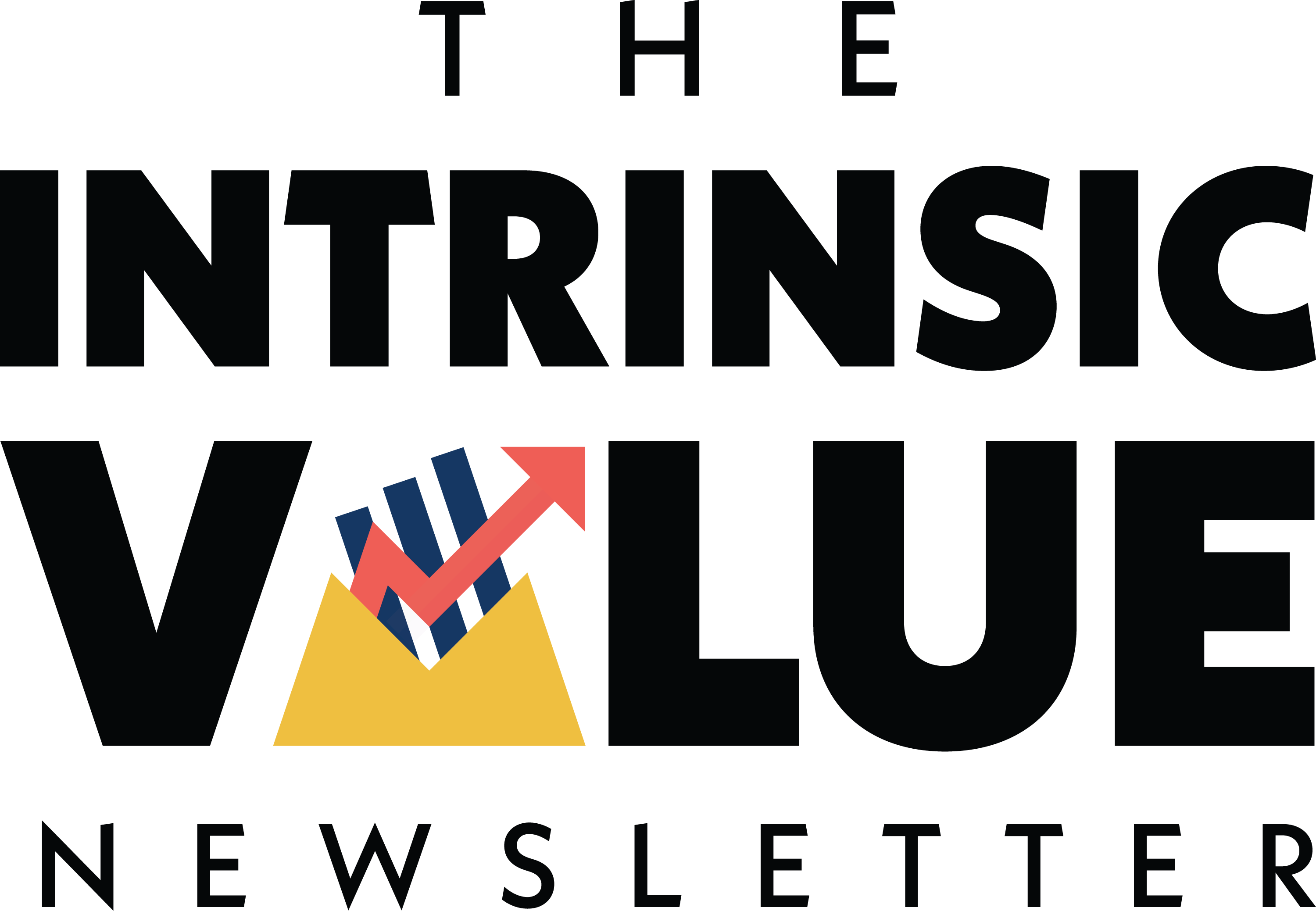Bond King

Hi, The Investor’s Podcast Network Community!
It’s July already 😅
If you haven’t booked your summer travel plans yet, there’s always next year.
Today, we’ll discuss Wall Street’s trillion-dollar man, and more, in just 4 minutes to read.
— Shawn
Get smarter about valuing businesses in just a few minutes each week.
Get the weekly email that makes understanding intrinsic value
easy and enjoyable, for free.
AI is the wild west right now. Lots of action. Too many updates. Massive potential.
It’s almost too much to keep track of. That’s when we turn to our friends over at Prompts Daily.
Their free newsletter helps readers get the latest news across AI (and why we should care).
It’s written for busy professionals like you.
WHAT ELSE WE’RE INTO
📺 WATCH: How is Trader Joe’s so cheap and popular?
👂 LISTEN: The power of zigging while others zag
📖 READ: Cigar butt investing — Warren Buffett’s early strategy
Trillion-dollar man
One man oversees a trillion-dollar bond portfolio controlling almost as much U.S. debt as China. In March, his team earned nearly $26 billion, the equivalent of more than $1 billion in paper gains each trading session.
That man is Josh Barrickman. And no, he’s not some hedge fund genius. In fact, his approach is actually the opposite: Barrick runs bond funds for the passive-investment giant Vanguard.
Largely thanks to Vanguard’s offerings of low-cost investment funds, passive investing (think S&P 500 index funds) is well-known in stock investing, crowding out “active” fund managers who try and pick their own stocks rather than strictly follow a generic benchmark.
Passive bond vs stock investing
But the prevalence of simple, passive investment strategies has garnered a far smaller foothold in global bond markets, which are approximately three times larger than global stock markets, with indexes often consisting of thousands of bonds that might not trade for weeks at a time.
This illiquidity makes the notion of “buying the entire market,” a common selling point for index-based ETFs and mutual funds in equity markets, less practical in bond investing.
In other words, tracking an index of stocks like the S&P 500 in a passive fund is much easier than a similar approach in bond markets.
In fact, the bond market’s sheer size alone lends itself to a more active approach, enabling actively-managed funds to justify higher management fees.
Time to cut costs
Yet, the Federal Reserve’s dramatic rate hiking campaign through 2022 into this year spurred massive losses on investors’ bond holdings (bond prices and rates have an inverse relationship).
*Seventy-eight percent of U.S. bond funds incepted prior to 2021 recorded their worst year ever.
This has pushed many to try and improve returns with a different approach: cutting costs.
That is, moving into passively managed bond strategies, like the ones Barrickman presides over at Vanguard.
As BlackRock, another passive-investing titan, puts it, “Simple math matters: When interest rates are near historic lows, bond fund fees can eat into take-home returns.”
Adding, “Consider that the iShares Core U.S. Aggregate Bond ETF (AGG) has an expense ratio of 0.03% compared to the category average for (bond) mutual funds at 0.59%.”
In 2022, that message hit a breaking point, with passive bond funds pulling in $279 billion of new cash while active alternatives saw outflows worth more than $750 billion.
- Writes Fortune, passive funds “now account for 31% of the fixed income fund universe…up from just 13% a decade ago.”
Passive isn’t actually passive
To manage these massive passive funds means making tradeoffs on which bonds to include. For example, the Vanguard Total International Bond fund only holds about half of the 13,000 bonds that its index tracks.
When dealing with funds with hundreds of billions of dollars worth of assets, picking which bonds to include can have considerable implications, boosting demand (and, therefore, prices) for selected securities.
What’s tricky about bond investing at this scale is that bond issuers, like companies or governments, may have dozens of different bond issuances outstanding, each with slightly different terms and governing rules.
Meaning two bonds issued by the same company might be quite different.
- Put differently, including Apple’s stock in a passive stock index is fairly straightforward.
- Figuring out how to categorize, for example, Apple’s debt securities is more nuanced. This dynamic theoretically creates opportunities for skilled active managers operating with a smaller asset base to find undervalued investments overlooked by big passive funds.
As Fidelity highlights, “Even though the Bloomberg U.S. Aggregate Bond Index contains more than 12,000 securities, it represents just a sliver of the $59 trillion bond market.”
Still, the low-cost allure and ease of passive investing is increasingly disrupting debt markets.
What does Barrickman think of that? He says, “We’re not anti-active, we’re anti high-cost.” Good low-cost active options “absolutely have a place.”
Dive deeper
Read Fortune’s full article on “Wall Street’s $1 trillion man” for more.
See you next time!
Enjoy reading this newsletter? Forward it to a friend.
Was this newsletter forwarded to you? Sign up here.
All the best,
P.S. The Investor’s Podcast Network is excited to launch a subreddit devoted to our fans in discussing financial markets, stock picks, questions for our hosts, and much more!
Join our subreddit r/TheInvestorsPodcast today!









